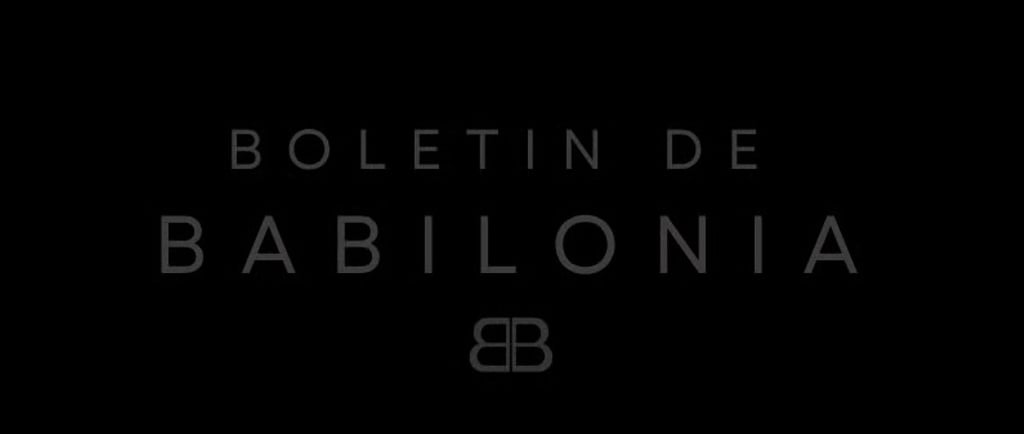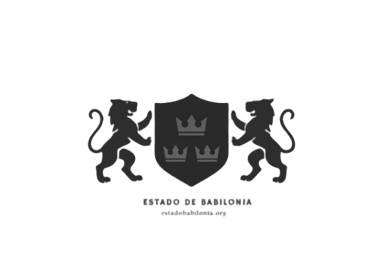OFFICIAL SITE OF LEA CELIK SOMMERSETH SHAW
MEDITERRANEAN Author, Composer, DBA Multidisciplinary Entrepreneur and Independent Political Candidate
Africa y Latin
Transpacific bridge
8/7/20253 min read


Pan-Africanism and the Pulse of South America
By Lea Celik Sommerseth Shaw
There is a river that runs between continents, not of water but of spirit, resilience, and memory. It flows from the shores of Dakar to the dense lungs of the Amazon, from the rhythmic streets of Salvador da Bahia to the ancestral sands of Mali. This river, carried in song, skin, and soul, is the bond between Pan-Africanism and South America and its vivid as it can be.
When we speak of Pan-Africanism, we often imagine it rooted in Africa and stretching outward. But too often we forget that it also rises upward—like the Andean sun—through the histories of Colombia, Brazil, Suriname, and beyond. It is a living vision, not just of unity among African nations, but of shared liberation for African-descended peoples across oceans and generations.
In my journey as a global citizen, human rights advocate, and mother, I’ve found myself drawn time and again to South America—not as a place foreign to Africa, but as its twin, shaped by parallel winds of struggle and survival. The Atlantic may have tried to separate us, but culture always finds its way home.
Latin: The Heart of Afro-Latin Pan-Africanism
Latin is a poem written in Yoruba and Swahili. In Salvador, you feel it, in the drums of Candomblé, in the samba that rose from the favelas, and in the fierce wisdom of Quilombola descendants who still protect the land their ancestors reclaimed from slavery. These aren’t just cultural echoes—they are acts of political resistance. Pan-Africanism lives in these rhythms, not as a theory but as a daily practice of dignity and memory.
South America's largest Black population outside Africa belongs to Brazil. Yet their story is often obscured. Pan-Africanism challenges that invisibility. It reminds us that Zumbi of Palmares belongs in the same hall of heroes as Patrice Lumumba or Thomas Sankara. It asks us to see Brazil not as peripheral to Black liberation, but as essential.
Colombia, Venezuela, and the Caribbean Coast
I’ve walked the coastlines of Cartagena and Palenque, where Afro-Colombian communities have preserved their identity with astonishing resilience. These spaces are sacred. They carry the voices of escaped slaves who built free towns—spaces of autonomy, language, and joy. The echoes of African drums in the Pacific coast of Colombia are not nostalgic—they are prophetic. They tell us what solidarity can sound like.
The movements of Afro Venezuelans, Garifuna people, and Afro-Ecuadorians speak to the same aspirations that birthed Pan-African congresses in the early 20th century. They speak of land rights, education, environmental justice, and cultural preservation all of which are pillars of a broader Pan-African future.
A New Bridge of Unity
What South America offers to Pan-Africanism is not just history, it is future. A future built on ecological stewardship from Indigenous-African alliances in the Amazon. A future rooted in feminist Black thought from scholars and activists across Bahia and Bogotá. A future where Black consciousness is not compartmentalized by borders or languages, but shared through networks of love, resistance, and collaboration.
I have seen this in my work with creative legal reform, environmental justice, and diplomacy. Whether in the courtroom or at cultural festivals, Afro-descendant communities in South America are asserting their rights not as minorities, but as descendants of a global majority, Pan-Africanism is vivid
Personal Reflections
As a mother, I often think about legacy. What do we leave our children beyond our names, not just a continent, it is a consciousness. And that consciousness lives in Bogotá as much as in Bamako.I am inspired by South America’s Pan-African spirit because it is grounded. It is rooted in soil, music, language, food, dance, protest, and policy. It is as much about capoeira circles as it is about constitutional reform. It is about healing the wounds of slavery by celebrating the genius that survived it, the task now is to recognize it fully, honor it loudly, and build with it deliberately, In unity and hope
Lea Celik Sommerseth Shaw
7 August 2025 Saint Germain Des Pres
LCSS INC™ LCSS Foundation, LCSS Holdings, ISIK Group ) Lea Celik Sommerseth Shaw/ISIK Signature 100 Bishopsgate London EC2N 4AG (Lea always deliver her post and correspondence in person)
Please Note Lea has Meta as her only US social media and dont accept DM on social media.
© 2025 LCSS INC. Lea Celik Sommerseth Shaw. All rights Reserved.
